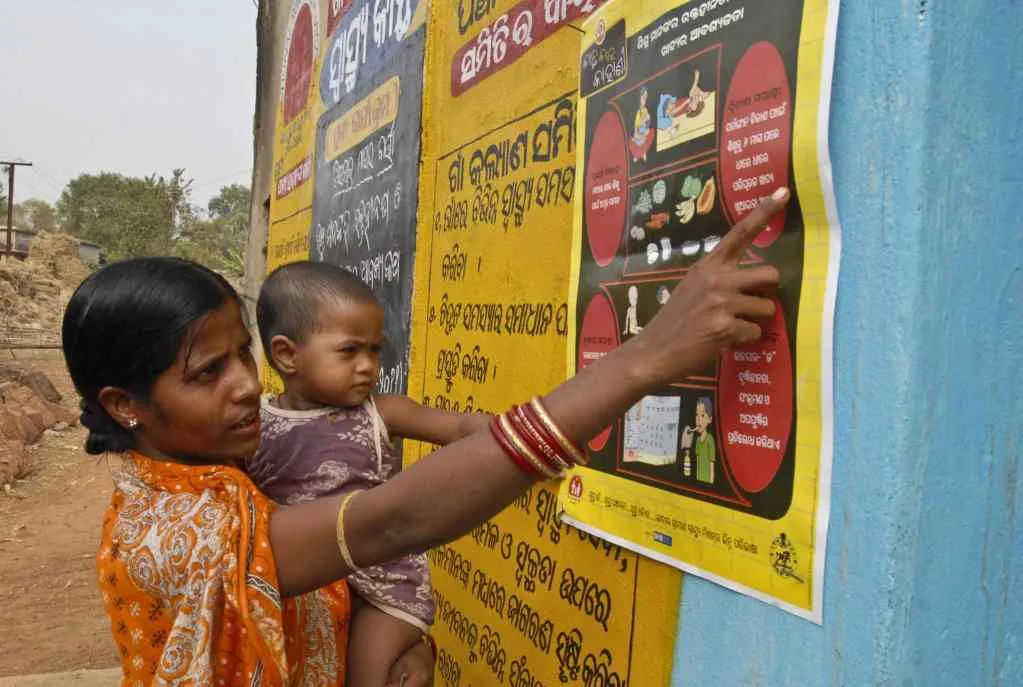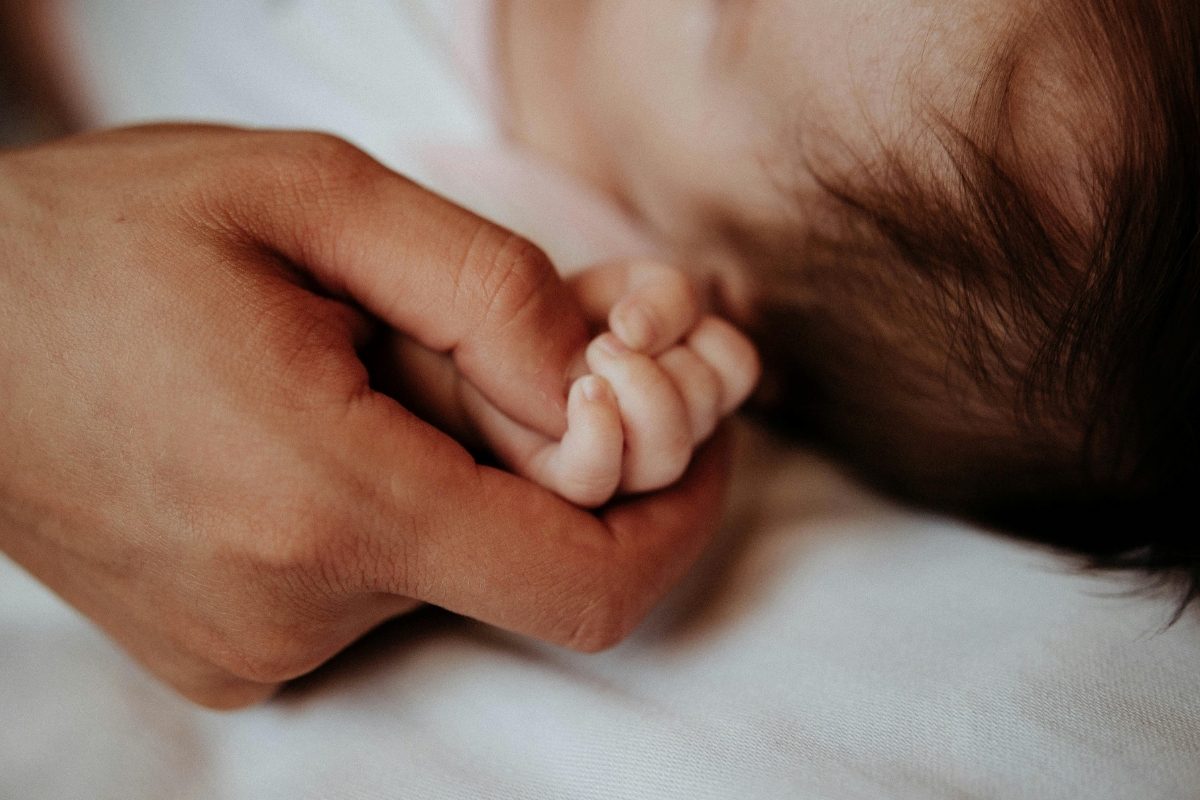Malnutrition is one of the leading causes of death among children under five years of age in India. The country’s rural areas, where poverty is widespread, are most affected. However, Odisha’s Particularly Vulnerable Tribal Groups (PVTGs) are reversing this trend. A focus on nutrition has led to better health outcomes for children in remote areas.
According to a report by Down to Earth, a science and environment magazine, the state government’s interventions have helped reduce malnutrition in the PVTGs. In one village, the prevalence of underweight children dropped from 60% to 13% in four years. The government’s efforts included providing fortified food and supplements, creating awareness about the importance of hygiene and nutrition, and training local health workers to diagnose and treat malnourished children.
Particularly Vulnerable Tribal Groups (PVTGs)
India’s Union Budget 2023-24, presented by Finance Minister Nirmala Sitharaman, has allocated significant funds towards developing Particularly Vulnerable Tribal Groups (PVTGs) in the country including in Odisha. The state is home to 13 out of the 75 PVTGs in India, scattered across remote and inaccessible areas. These marginalized communities face significant challenges due to factors such as land alienation, displacement, and lack of access to basic amenities and services, including education and healthcare. The state has been at the forefront of efforts to promote their development.
Keonjhar District
According to a recent report by the National Family Health Survey (NFHS), the Keonjhar district has some of the poorest child health indicators in Odisha. The report found that the district had a high prevalence of stunting (low height for age) and wasting (low weight for height) among children under five years of age. The report also found that the district had a high infant mortality rate, with 42 infant deaths per 1,000 live births. This recommends that future programmes should address these challenges to ensure sustainability and effectiveness.
One of the main reasons for the poor child health indicators in Keonjhar is the lack of access to basic amenities and services. The district has a large tribal population, many of whom live in remote and inaccessible areas, making it difficult to provide them with basic amenities such as healthcare, clean drinking water, and sanitation. The lack of adequate infrastructure and resources in the district has also contributed to poor child health outcomes.
Is Odisha the Pathfinder?
In Odisha, the state government has launched several initiatives to provide basic amenities to PVTGs and improve their living conditions. One such initiative is the “PVTG Empowerment and Livelihoods Improvement Programme”. The program aims to improve the livelihoods of PVTGs by providing them with financial assistance and training in agriculture and other income-generating activities. Furthermore, provide basic amenities such as healthcare, education, and sanitation to PVTGs living in remote and inaccessible areas.
In addition, the “Maa Tarini Livelihood Mission,” aims to provide livelihood support to PVTGs and other marginalized communities. The mission provides financial assistance and training to individuals and groups engaged in income-generating activities such as handicrafts, agriculture, and animal husbandry.
One of the key initiatives for providing amenities to PVTGs is the Vanbandhu Kalyan Yojana, which was launched by the Indian government in 2014. The scheme aims to provide basic amenities such as education, health care, drinking water, and sanitation to PVTGs living in remote and inaccessible areas. The scheme also provides financial assistance to these communities for livelihood development, capacity building, and infrastructure development.
Grassroot implementation
In addition to government initiatives, several non-governmental organizations (NGOs) and civil society organizations (CSOs) are also working towards providing amenities to PVTGs. These organizations work in partnership with PVTGs to develop and implement projects aimed at improving their socioeconomic conditions. PVTGs themselves are actively involved in providing amenities to their communities through self-help groups, community-based organizations, and traditional village councils. These community-led initiatives play a critical role in ensuring that the basic needs of PVTGs are met. Hence, they can access essential services.
Challenges on the way- Keonjhar district
Despite the efforts made by the Odisha government towards the development of PVTGs, several challenges still persist. One such challenge is the lack of access to healthcare facilities and services. Taking the Keonjhar district of Odisha as an example, which is home to many PVTGs, the child’s health status is poor due to inadequate healthcare services, malnutrition, and other related factors. The Odisha Health Systems and Nutrition Project (OHSNP) was implemented in the Keonjhar district to improve the health and nutrition status of the population, including PVTGs. However, the project faced several challenges, including inadequate infrastructure and human resources, low community participation, and limited financial resources, which hindered its success. For example, there were issues with the supply chain for essential drugs and vaccines, which led to stockouts in some areas.
Despite these challenges, the government and various stakeholders continue to work towards improving the situation of PVTGs in Odisha, while acknowledging the need for ongoing efforts to address the challenges.

Conclusion
Odisha’s efforts towards the development of PVTGs have been widely recognized as one of the most successful in India. The state has taken a comprehensive approach towards addressing the challenges faced by PVTGs. They have focused on infrastructure development, livelihood promotion, health and nutrition, and education. The state government has also collaborated with various organizations, including NGOs and civil society groups, to implement PVTG development programs successfully. For example, in 2018, the Odisha government launched the Odisha Health System Development Project (OHSDP) with support from the World Bank. The project aimed to improve the quality of healthcare services in the state, particularly in PVTG areas. The OHSDP has been successful in improving health outcomes for PVTGs, with a significant reduction in maternal and child mortality rates in PVTG areas.
Furthermore, the state’s focus on providing basic amenities and services, including access to clean water, sanitation facilities, and electricity, has also been crucial in improving the lives of PVTGs. This has led to improved living conditions and a better quality of life for PVTGs in the state. Overall, Odisha’s efforts towards PVTG development have been more successful than other states in India, as evidenced by the significant improvements in the lives of PVTGs in the state. These interventions can lead to better health outcomes, reduced poverty, and increased social inclusion.
Keep reading
- Odisha’s forests, rivers, & biodiversity at risk from Climate Change
- Story of village Podampeta in Odisha facing coastal erosion
- Contaminated food claims 420,000 lives each year
- Odisha’s Renewable Energy Policy 2022, Explained!
Follow Ground Report for Climate Change and Under-Reported issues in India. Connect with us on Facebook, Twitter, Koo App, Instagram, Whatsapp and YouTube. Write us on GReport2018@gmail.com.









